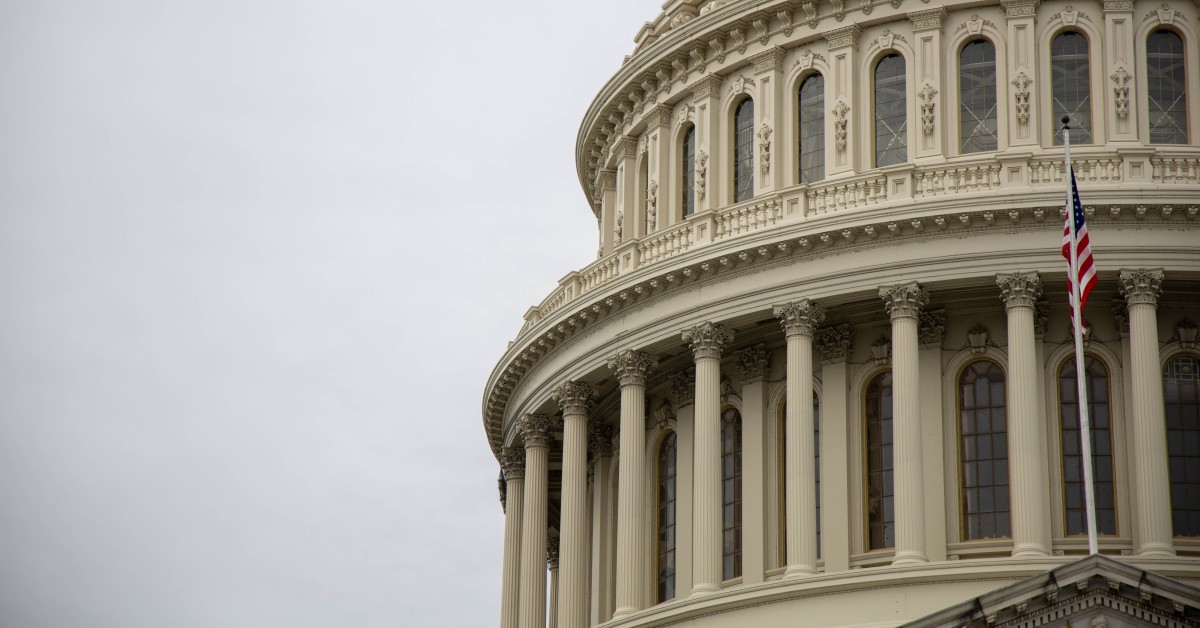
How Much Money Does a Cyber Security Analyst Make?
Cyber security analysts earn around $105,000 per year on average. [...]

Lady Ada Lovelace (1815-1852), daughter of the poet Lord Byron and mathematician Annabella Milbanke, “saw the poetry in math”; she is widely acknowledged as the first computer programmer. Her published algorithm and work with Charles Babbage in the 1840s on his proposed Analytical Engine, the first general-purpose programmable computer, reflects the early days of a gendered dynamic that would persist in the developing field of computer science (CS). Men would design and build computer hardware and machinery, while women would create and write the languages and commands to run it all.
Women would continue to work behind the scenes in computer science on what the industry would eventually call software engineering, tabulating calculations by hand before the hardware was even built. Women were frequently hired as human computers; they were brought on board by the US military in the 1940s in teams to format the Electronic Numerical Integrator and Computer (ENIAC), the first programmable digital computer.
As the New York Times Magazine article The Secret History of Women in Coding recounted, “When the time came to hire technicians to write instructions for the Eniac, it made sense, to the men in charge, to pick an all-female team…The men would figure out what they wanted Eniac to do; the women ‘programmed’ it to execute the instructions.” These women would not be officially recognized for their contribution to this historic project for decades (for many that meant posthumous acknowledgment), as they were rarely identified in press photos or news articles or invited to celebrations of ENIAC’s success.
In the early 1950s, Grace Hopper, a US Navy rear admiral and one of the first programmers of Harvard’s Mark I computer, was credited with developing the first compiler program. This led to the creation of the first standardized computer language, COBOL (Common Business-Oriented Language). A 2017 profile in Yale News noted, “Hopper came of age at a time of unusual opportunity for women. A relatively high number of women were receiving doctorates in the 1920s and 1930s—numbers that would not be matched again until the 1980s.”
Hopper saw recognition for her work in her lifetime, but this hasn’t been the norm. “When (women in computer science) have been written out of the history, you don’t have great role models,” Walter Isaacson, author of The Innovators: How a Group of Hackers, Geniuses and Geeks Created the Digital Revolution, told NPR. “But when you learn about the women who programmed ENIAC or Grace Hopper or Ada Lovelace … it happened to my daughter. She read about all these people when she was in high school, and she became a math and computer science geek.”
While these early women computer scientists worked in relatively large numbers in the early years of computer science and engineering in ways that were important and transformative for the industry (without the recognition or remuneration enjoyed by their male counterparts), the numbers of women in computing subsequently took a downward turn.
These statistics are reflected in employment figures and enrollment numbers of female students in computer science majors. According to Education Week’s article “Understanding the History of Women in Computer Science”, 1984 was the pivotal year—and not in a good way. NPR’s Planet Money elaborated: “(P)rior to 1984, the percent of women majoring in computer science was growing more quickly than the percent of men,” but in 1984, it “flattens out, and then it plunges.” This may be in part because, in the 1980s, home computers were marketed as toys, and the advertisements were almost exclusively geared toward boys and men.
As we approach the end of the first quarter of the 21st century, there is still a paucity of women earning computer science degrees in the US. “(T)he gender gap between men and women majoring in computer science is on the rise,” according to a report by Change the Equation, which noted that women earned only 18 percent of bachelor’s degrees in computer science in 2012. Since then, this trend has fluctuated slightly yet remained stubbornly consistent, with female computer science students earning about 28 percent of computer science degrees in 2000, but sliding back down to 18 percent in 2015.
| University and Program Name | Learn More |
|
The University of Tennessee:
Online Master of Computer Science
|
|
|
Merrimack College:
Master of Science in Computer Science
|
|
|
Stevens Institute of Technology:
Master of Science in Computer Science
|
So, how can we encourage more young girls to pursue computer science programs and look more closely at STEM fields for their career choices? To change education statistics and address gender disparity, it will take the representation of women in computer science classes early on—beginning with middle and high school students and then in mentor roles to support CS majors in college and graduate school. While the gender gap has begun to close in sociology and medicine, women are still an underrepresented minority in computer science.
A June 2019 article from the New York Times titled “The Gender Gap in Computer Science Research Won’t Close for 100 Years” examined female representation in higher education and its effect on the tech industry, from startups to jobs at Microsoft. According to Lucy Lu Wang, a researcher with the Allen Institute, part of the issue lies in academia: “When there is a lack of leadership in computer science departments, it affects the number of women students who are trained and the number that enter the computer science industry.”
This lack of representation also means a perpetual cycle of omission, both for women and other underrepresented minorities, including people with disabilities. Not only are women computer scientists underrepresented in academia and the industry, but their absence can also negatively impact the development of information technology, including artificial intelligence technologies, like face-recognition software: “The biases of researchers can easily be introduced into the technology, reinforcing the importance of diversity among the people working on it.”
Education Week reported that in 2014 there had “been a big push… to get more girls interested in computer coding,” with Google contributing $50 million toward the effort and the emergence of high-profile gender diversity initiatives to encourage girls’ entry into the CS field, like Code.org, Girls Who Code, and Black Girls Code.
Despite these efforts and more, the proportion of women working in tech has slipped from 35 percent in 1984—that dreaded ‘80s turning point—to 32 percent in 2020. As well, according to the latest US Census demographic figures, women comprise around 25 percent of computer workers in the US labor force (down from a high of over 30 percent in 1990).
All of this is likely due to systemic issues that are challenging to address (but not insurmountable): young girls often are discouraged from pursuing STEM education (and encouraged to conform to gender stereotypes), and many women encounter a hostile and toxic work environment at many tech companies (a recent study found that over 40 percent of women in tech had been sexually harassed by a manager or investor).
Indeed, in their 2019 paper “How Computer Science at CMU Is Attracting and Retaining Women,” Carnegie Mellon University professors Carol Frieze and Jeria L. Quesenberry posit that the solution to gender disparity in computer science programs is to focus on cultural changes within a program and not to implement curricular changes that make the coursework more “female-friendly” and reinforce pernicious gender stereotypes.
They state that gender is a cultural issue, not a women’s issue. So, to address the cultural issues that may have affected young women during their pre-collegiate education (and discouraged them from fully pursuing STEM or computer science studies)—with the full support of the institution—the Carnegie Mellon CS program dropped its programming/CS background requirement from the admissions criteria while adding an emphasis on leadership potential and retaining its high SAT score requirements in science and math.
As well, the program recruited dynamic female CS faculty, and launched a faculty and student-run organization Women@SCS that works to ensure that “the professional experiences and social opportunities for women reflect the implicit opportunities for those in the majority.” Notably, all of their efforts have paid off. Since 2017, Carnegie Mellon’s computer science program has welcomed first-year classes that achieved gender parity—with 50 percent of each class composed of women computer science students.
Questions or feedback? Email editor@noodle.com

Cyber security analysts earn around $105,000 per year on average. [...]

The International Medical Informatics Association (IMIA) has created fundamental and [...]

The computer science field began in the 1830s with Ada [...]

At the local, state, and federal levels, government work requires [...]
Categorized as: Computer Science, Information Technology & Engineering